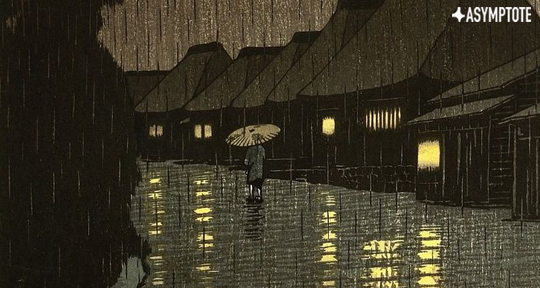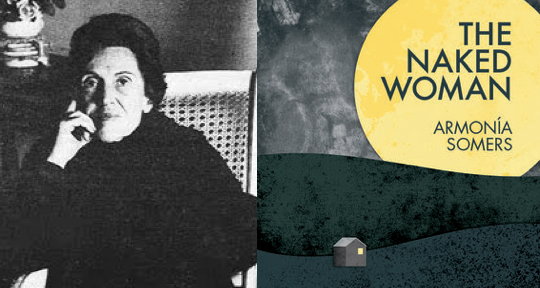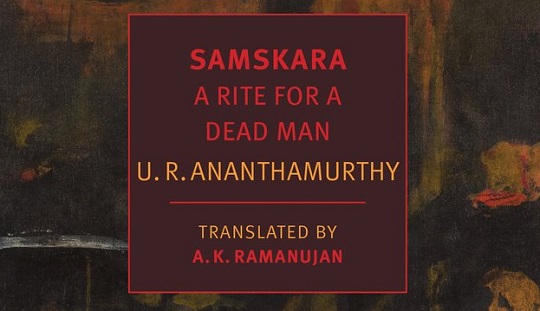For this week’s Translation Tuesday, the promises of a domestic paradise belie a need for defendable boundaries in S. Vijayalakshmi’s poem “Fragrance.” We’re guided through a surreal mosaic of images that juxtapose lofty abstraction with quotidian concreteness: the soul leans against the door of a domestic threshold, time (itself concretized in clock hands) peeks and laughs, paradise beckons like a salesperson, and possible lives are stars that bloom corporeally with fragrance. The speaker’s interlocutor, described as having the disarming veneer of a wise man, evokes a sense of risk and relatability—his very speech is depicted as unusually cloying (honey drops with sweeteners) and performative (“courtesy words,” “mask having sloughed off”). Yet the speaker’s trepidation is expressed by dramatic, even violent metaphors: a circus ring of fire, a standoff requiring bullet-proof vests. Through its ironically “delicate” title, S. Vijayalakshmi’s poem confronts the ungentle truths of relationships, vulnerability, and possibility.
Fragrance
The conversation proceeded very smoothly.
In the voice that was preaching to me
like a profoundly wise man,
honey drops were mixed with sweeteners.
The figure hiding behind the rough voice
smiled, the mask having sloughed off.
The night breeze gathered up
the courtesy words and left.
As the desire to share everything
stimulated the conversation
while the voice inside cautioned to wait,
the clock hand peeked out
to check whether everything was going well
and laughed.
Within the boundaries of the conversation,
a thousand bouquets
extended their welcome.
A paradise opened and invited me,
like a sales agent, to come in.
Leaning against the door,
my soul struggled with the weight
of the boundary line’s bouquets,
unable to bear the load.
Even as I contemplated on
which foot to put forward first
to step into the door of the paradise,
an oracle declared,
“Enough with your cautionary instinct and analysis;
just discard them and come in.”
What to do with all the fragrances
from the countless stars
that bloomed within me?
Again, I draw a line.
The flames are burning
like those on the line of a circus ring of fire.
You seem to appear the same as I do,
and both of us are wearing bulletproof vests.
The bullets are waiting
in the tidal wave of conflicts. READ MORE…







